Internal combustion engine: Overview? Seven main systems on the engine? The common damage?

An engine is a mechanical device used to convert any form of energy into mechanical energy to drive other machines. There are types of engines such as electric motors that convert electricity into mechanical energy, internal combustion engines that convert chemical energy into mechanical energy, gas turbine engines and other types of engines ... In this article, Thanh Phong Auto only introduces the process of formation - development, systems of internal combustion engines used in cars today.
The duty cycle is carried out in four stroke pistons or two crankshaft turns, meaning that the pistons going up and down once will complete a crankshaft rotation. The four-stroke engine is more widely used today than the two-stroke engine due to its higher efficiency.
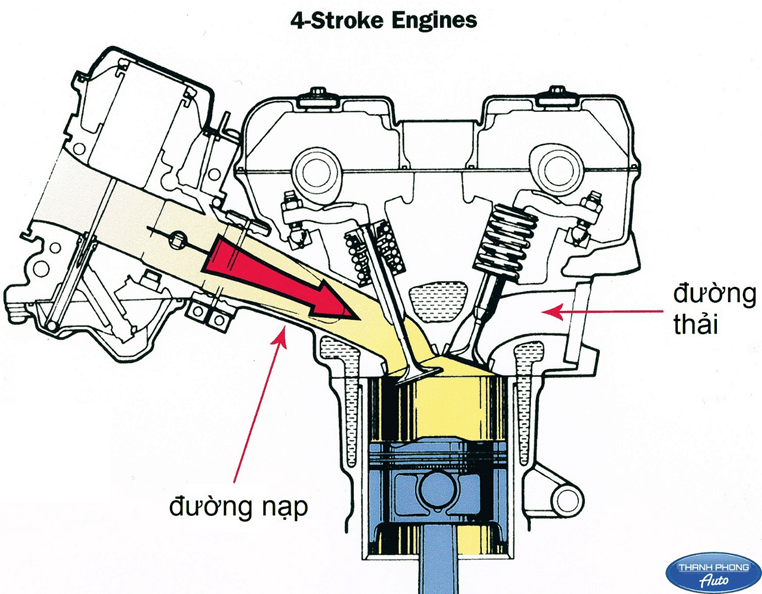
The duty cycle is performed in either piston stroke or a crankshaft rotation.
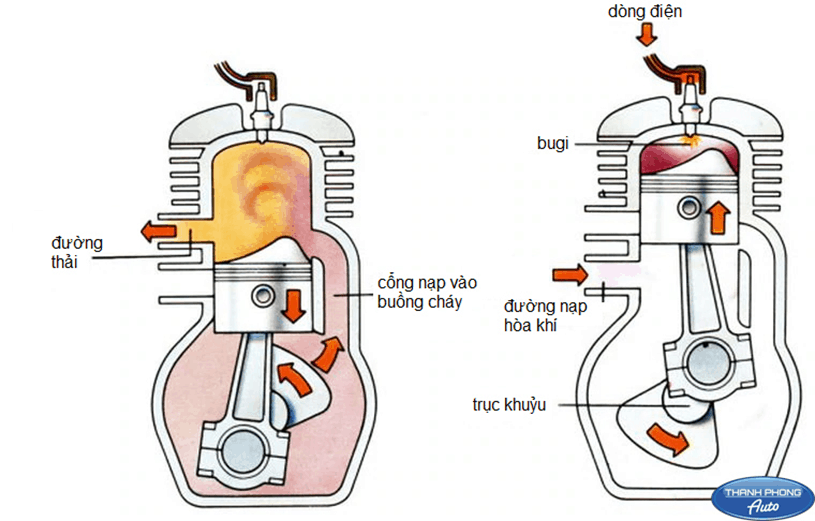
Early engines use light liquid fuels like gasoline, kerosene, alcohol etc.
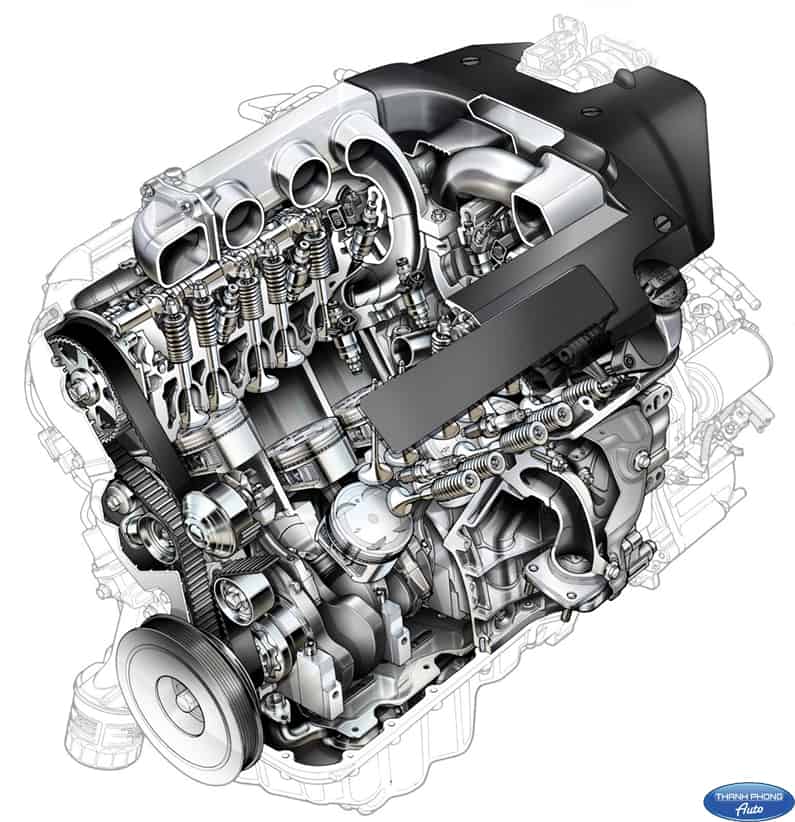
The engine uses heavy liquid fuel such as diesel oil, fuel oil ...
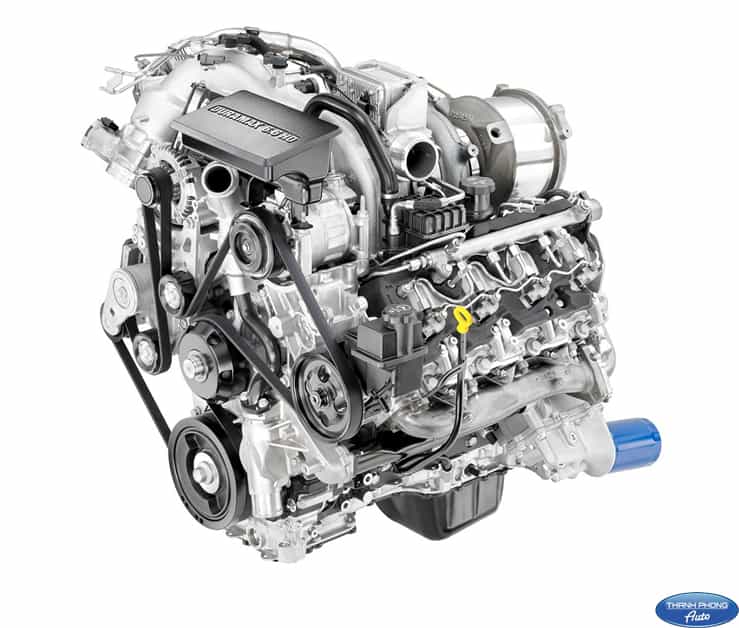
Engines using gas fuel such as LNG, CNG ... you can easily see these engines on the environmentally friendly buses in Ho Chi Minh City today.
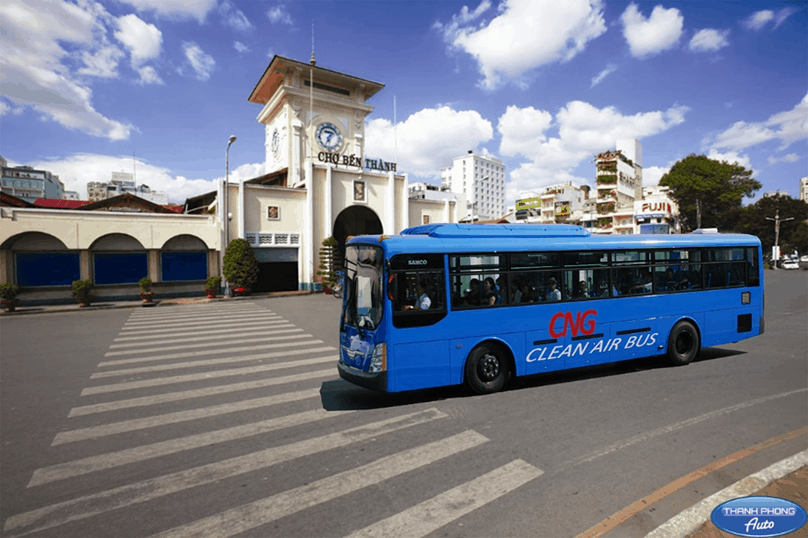
Single cylinder engines are the engines commonly used on motorbikes, agricultural machines, etc.
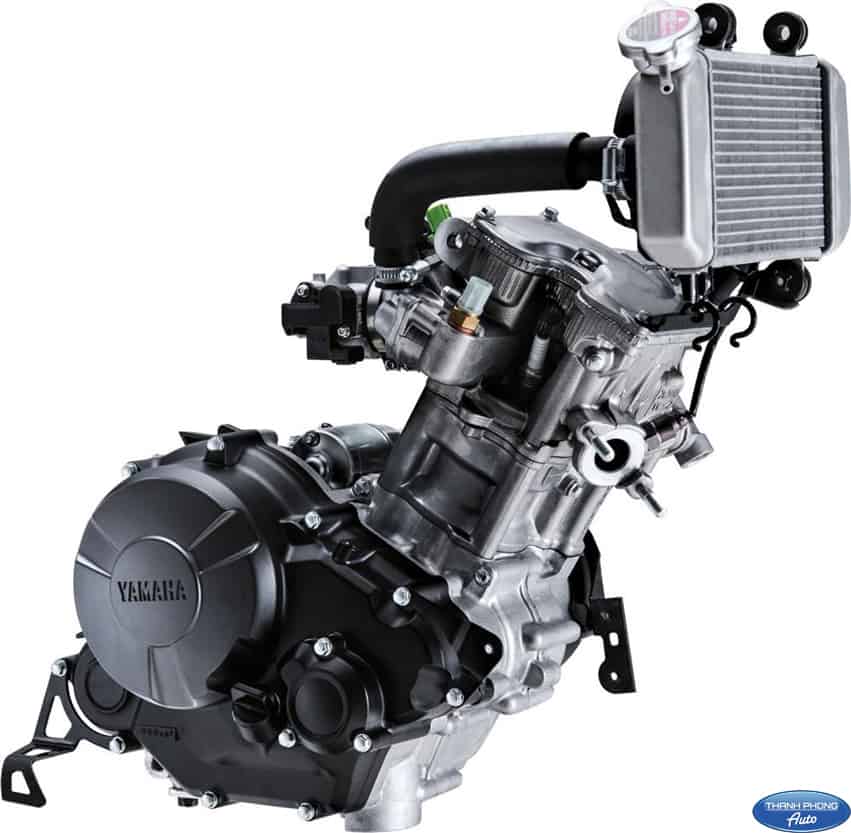
Multi-cylinder engines can produce large capacity and high performance, so it is often used on cars, ships, large agricultural machines, construction machines, etc.
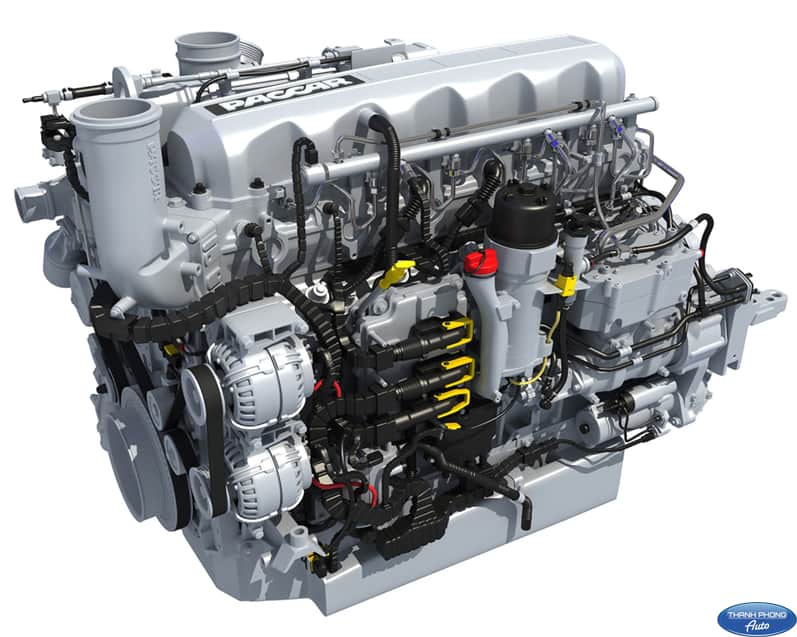
The engine cylinders are arranged in a straight line with each other to form a straight line, so it is also known as the letter I. Six cylinders are usually more popular due to its good dynamic stability and engine size is not too large.
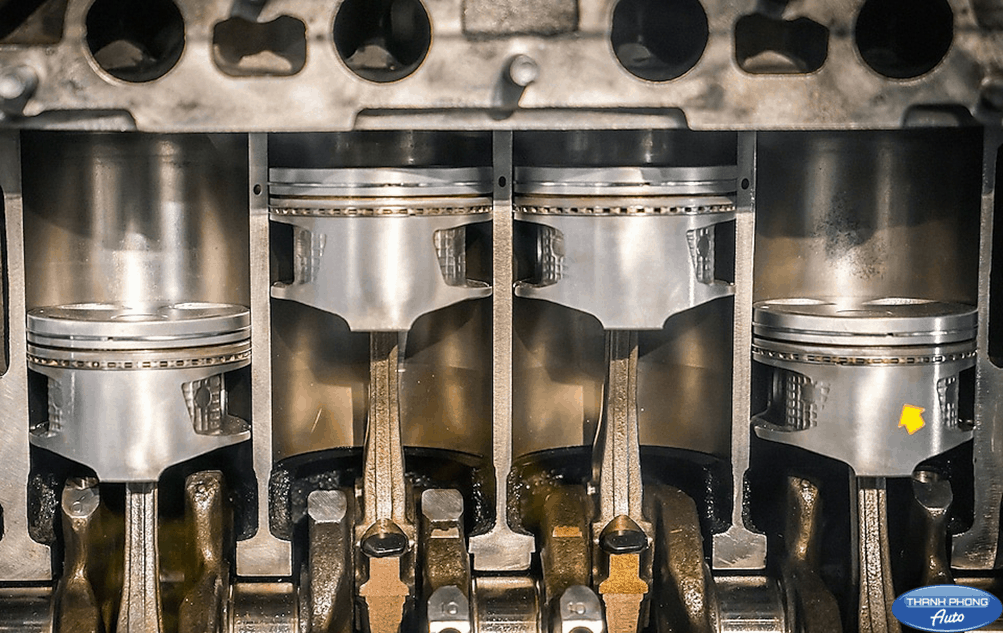
When the number of cylinders increases to 6, 8, 12…, the engine is usually arranged in the V-shape to reduce the length of the engine. The V-angle could be 45o, 60o or 90o.
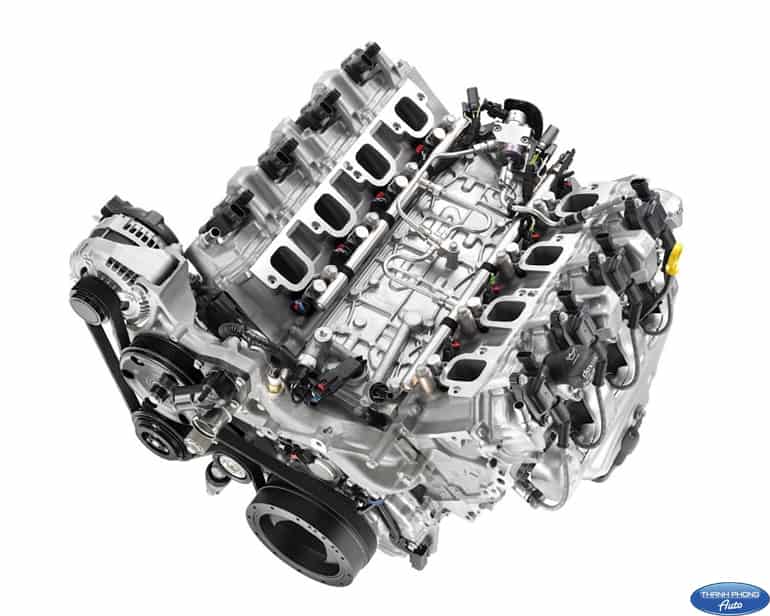
W-type engine is used when the number of cylinders is too much such as 12, 16 ... cylinder.
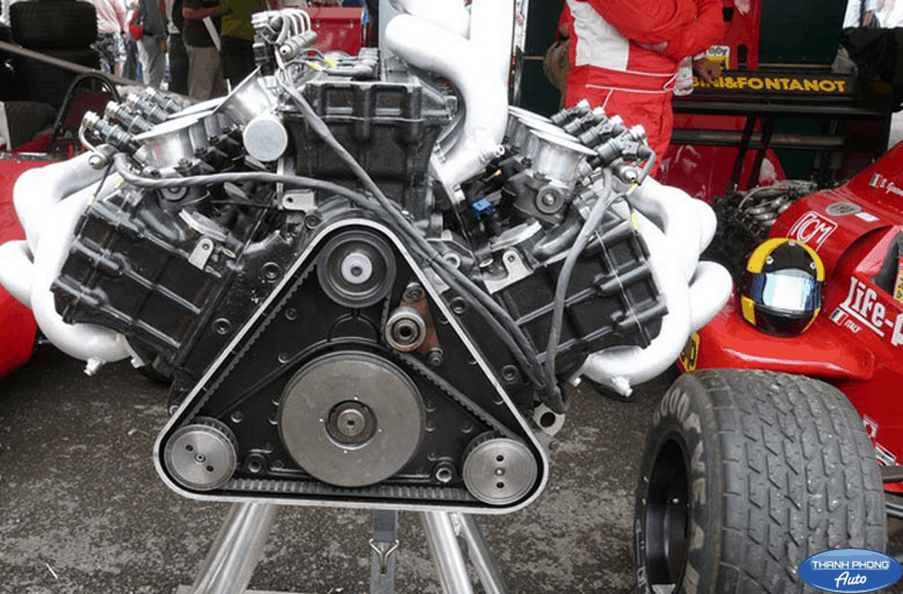
The symmetrical engine, or the Boxer engine, is the engine used on most Subaru models and some Porsche models. This type of engine has good stability, high vibration resistance compared to other engines, so the driving experience of Subaru models is very smooth and comfortable compared to other models.
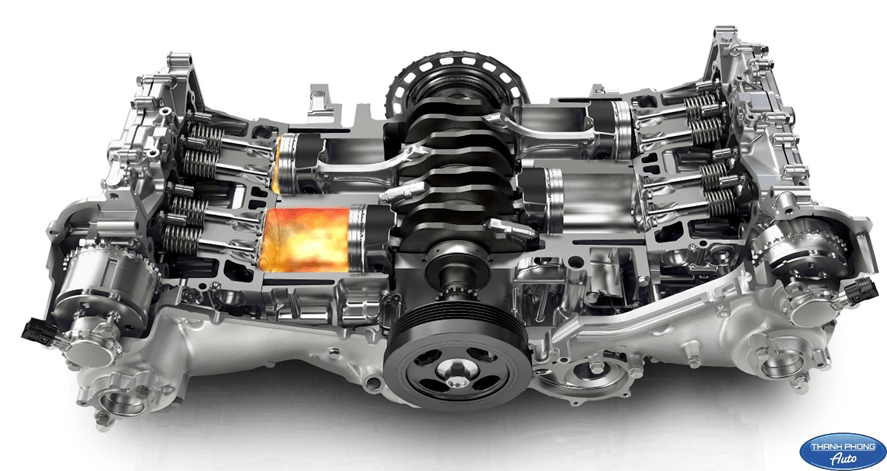
This type of engine is arranged on propeller aircraft, the cylinders will be arranged around the crankshaft in the center. This type of engine structure is very large in size and mass, and its performance is also lower than that of gas turbines, so it is less equipped on current civil and military aircraft.
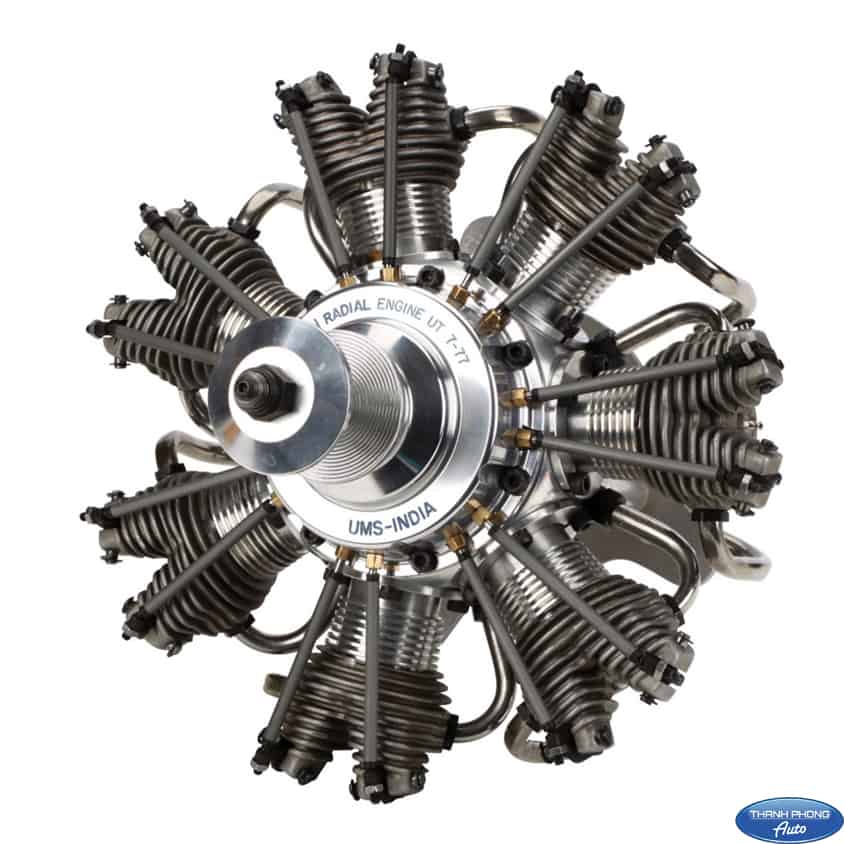
Also known as a naturally aspirated engine, the process of drawing air or the mixture of air into the cylinder completely due to the piston sucked directly from the air (for four-stroke engines) or because the air is compressed to pressure enough to make fluid changes and fill the cylinders (two-stroke engines).
The term turbocharging means increasing the volume of the new medium by increasing the pressure on the fill line, thereby increasing the density of the intake air, or, to put it more simply, turbocharging is increasing the volume of intake air entering the combustion chamber. by increasing inlet pipe pressure. From this, it is easy to imagine turbocharger when operating the engine will increase the pressure of the intake pipe by a turbocharger or supercharger. Turbochargers are driven by engine exhaust, while superchargers are driven by the engine's crankshaft.
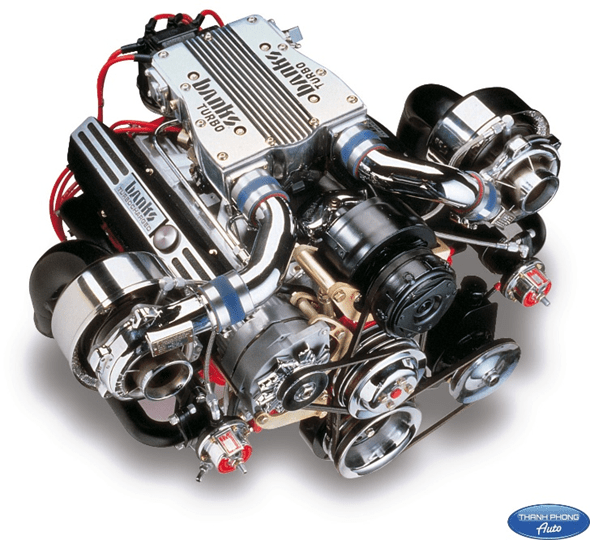
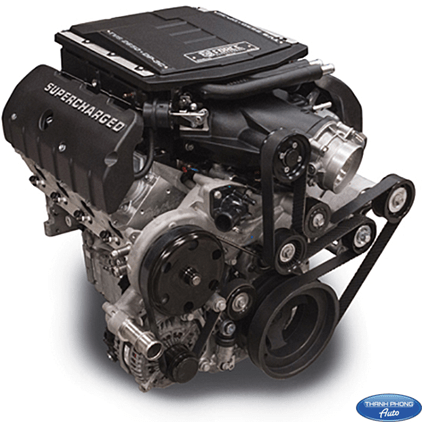
In addition to the above characteristics, it is also possible to rely on other characteristics to classify engines such as: based on the use of engines (stationary engines, ship engines, motor cars - tractors, according to methods of cooling the engine, according to the ability to change the direction of rotation of the engine, according to the method of forming the air ... in principle, the working principle of internal combustion engines must carry out the processes.
The powertrain is responsible for sealing the combustion chamber and receiving the combustion air force transmitted to the crankshaft to the working machine. The powertrain system includes details such as pistons, rings (silver pistons), piston pins, connecting rods (upper arms), large silver heads (free of charge) and small heads (if any), connecting rods, crankshaft (reinforced). machine), crankshaft bearings (as long as the machine core) and flywheel.
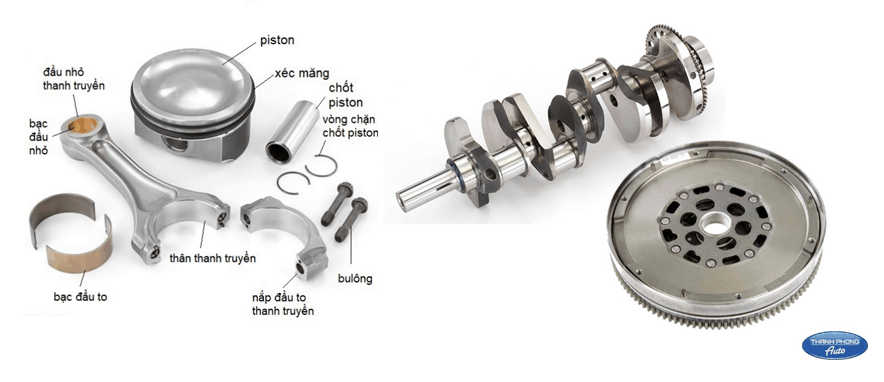
The fixed system consists of the parts that account for most of the engine's mass such as the body, the bonnet, the trigger, the oil tank, the intake and exhaust pipes ... These are details with very complex structure. Used for grafting other engines and systems. Their shape and structure depend on the engine power, engine cooling type or manufacturing method ...
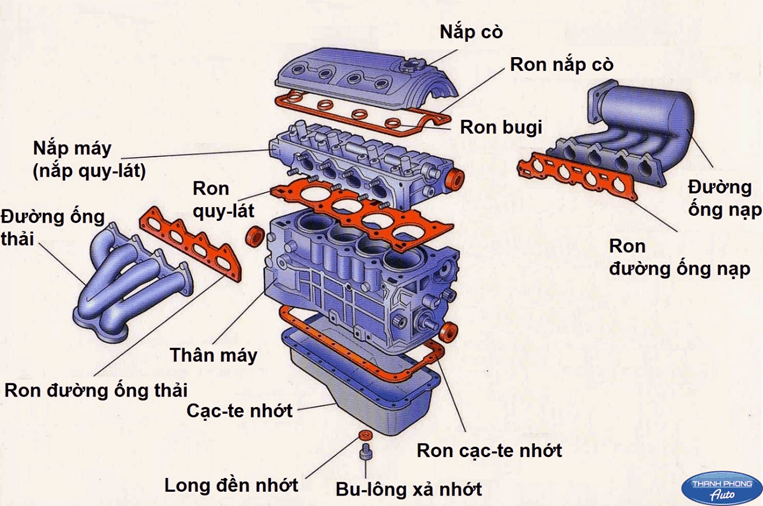
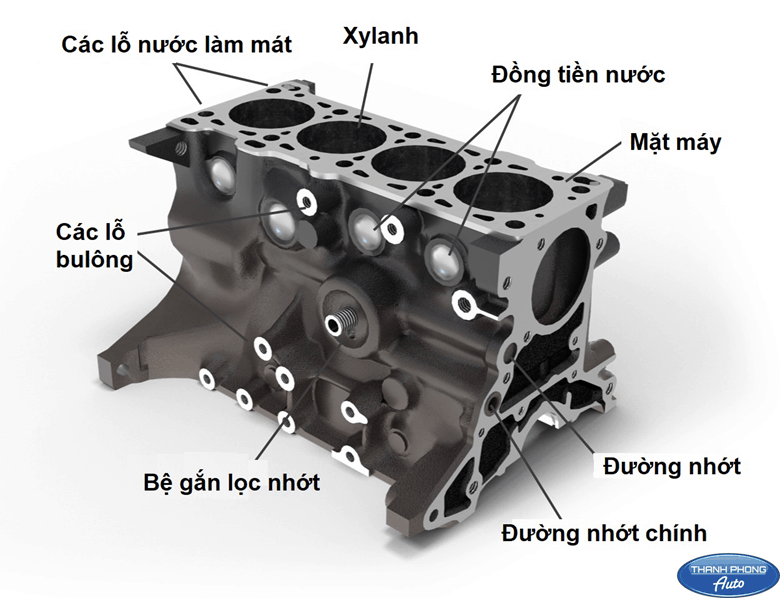
Engine gas distribution system It is responsible for filling the combustion chamber with air or gas (gasoline mixed with air) into the combustion chamber during the intake stroke and exhausting the combustible gas from the cylinder during the exhaust stroke. The gas distribution system must work very precisely to meet the above task.
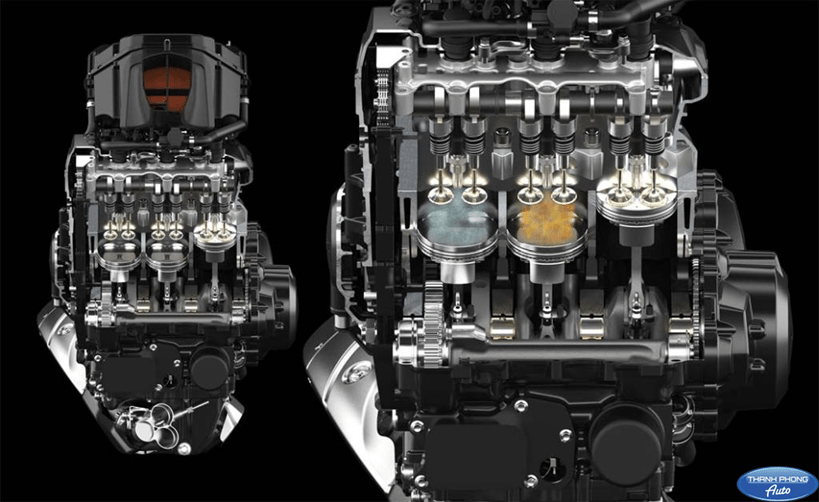
The displacement system includes details such as camshafts, camshafts (camshafts), valves, springs, trigger, ... In addition, on modern gas distribution systems on Toyota models such as Camry Altis, Fortuner, LandCruiser ... also equipped with smart control mechanism VVT-i, similar to other models such as HONDA, MAZDA, KIA, HYUNDAI, BMW, MERCEDES, AUDI ... structure to improve the working efficiency of gas distribution systems.
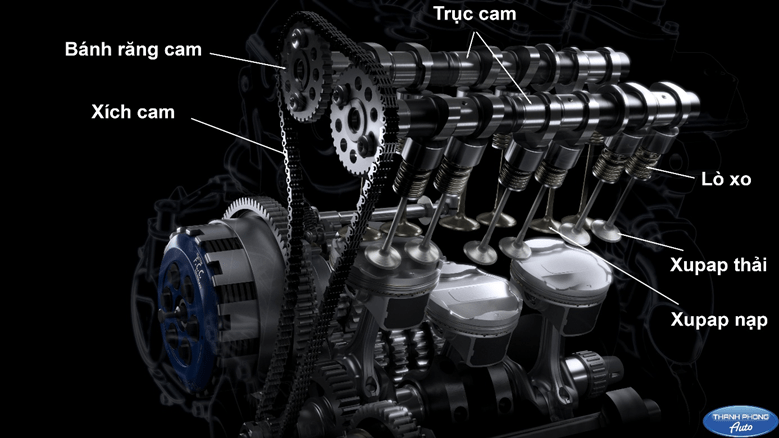
The fuel system on the engine is responsible for providing the right amount of fuel needed for the engine during the load, the amount of fuel depends on the operating conditions of the engine such as starting, moderation (no load). , accelerate, half load, full load ...
Modern gasoline engines today are using electronic fuel injection system to increase engine power, reduce fuel consumption and reduce pollution ...
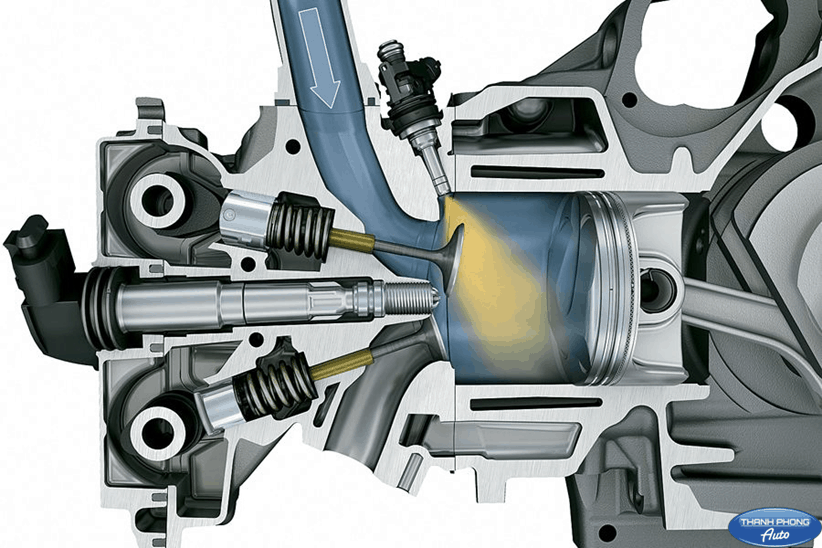
Diesel engines today still use high pressure pumps (distribution pumps) to fuel the engine. In addition, the Common Rail electronic fuel injection system is also applied to reduce pollution emissions, increase diesel engine power.
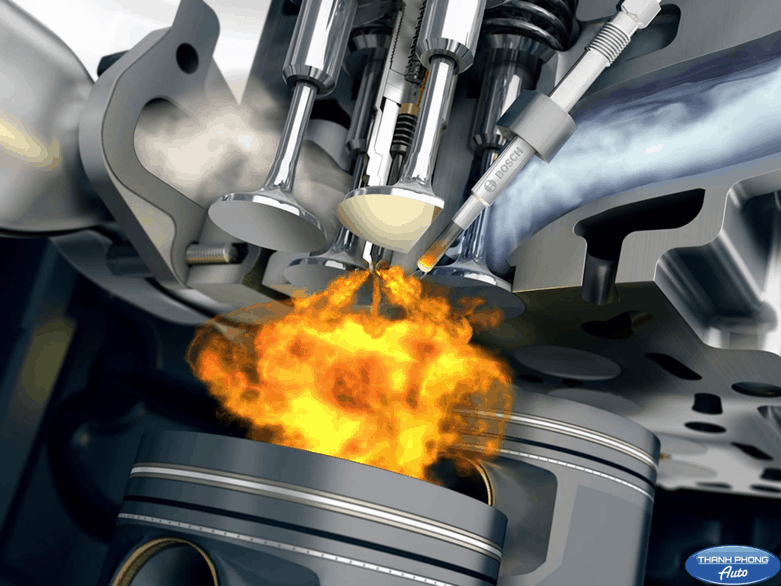
The internal combustion engine is completely made of metal, so when operating there will be friction between the detailed surfaces causing wear. The lubrication system is responsible for minimizing that wear and tear, and at the same time making the engine run smoother. Engine lubrication system is an important system affecting the life and power generation of the engine.
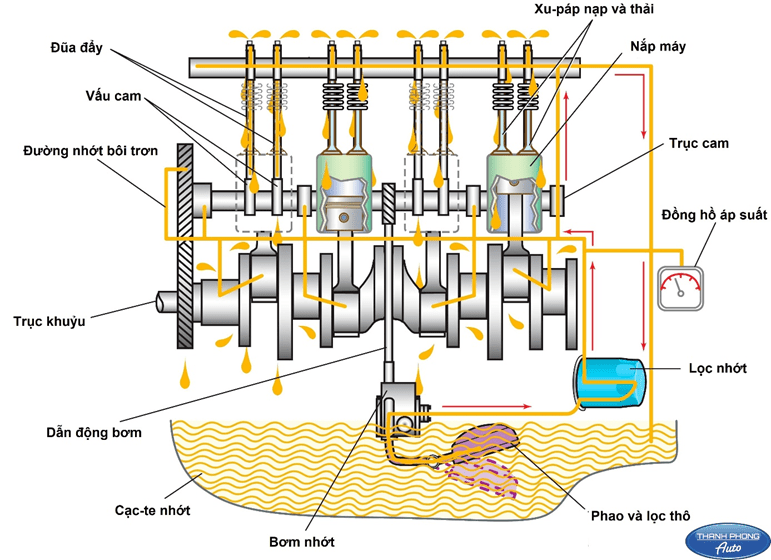
During operation, the internal combustion engine will generate a huge amount of heat. Too high a temperature will cause the parts to expand and get stuck together, while the wear will increase and the durability of the parts will also decrease. Therefore, car engine cooling system designed to keep the engine's temperature within a range of temperatures where the motor is stable, the temperature will be neither too high nor too low.
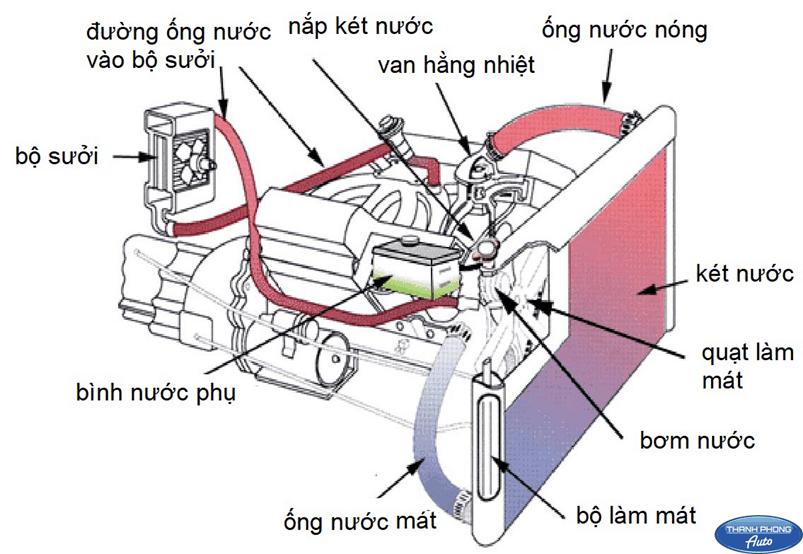
Internal combustion engines in cars are always equipped with the wrong equipment and electrical systems to help the engine work. Can easily identify the electrical equipment for gasoline engines such as ignition system, starter system, generator, battery ..., Diesel engines are equipped with electrical equipment such as spark plugs, generators. , start up system, battery ...
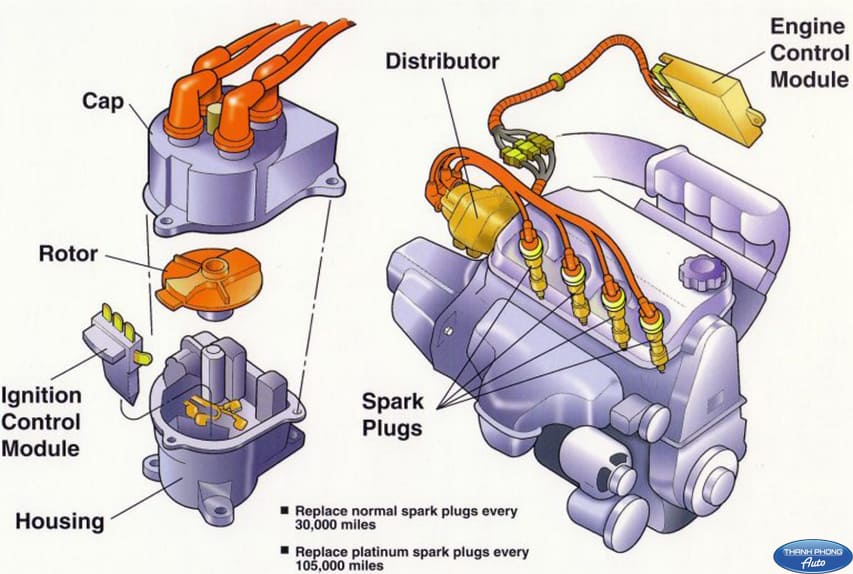
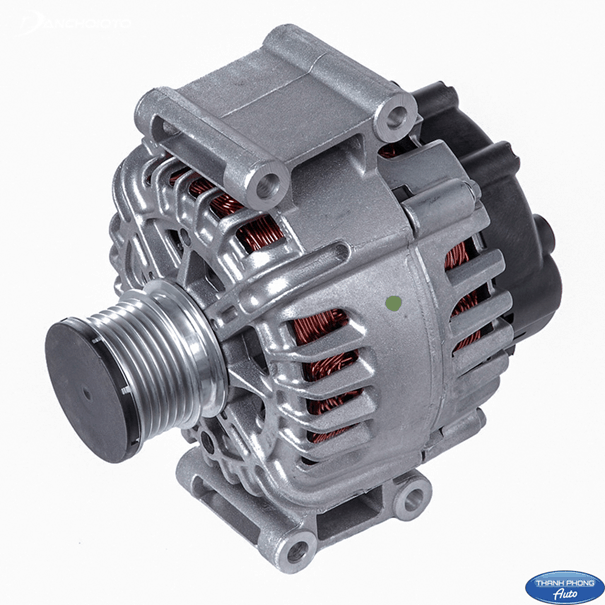
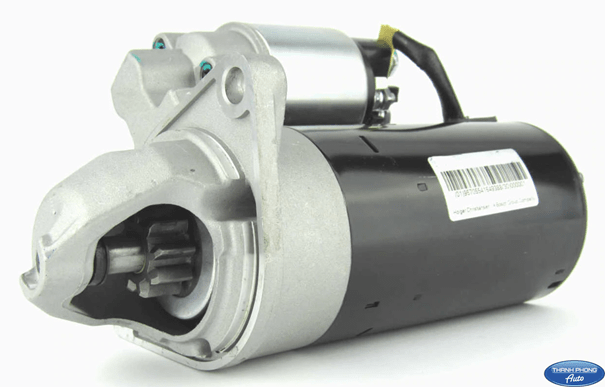
In general, the internal combustion engine is a very complex machine composed of assembled system clusters. This system will work together with other systems operating simultaneously. Therefore, to learn more about the systems on the internal combustion engine, please refer to the next articles of Thanh Phong Auto!
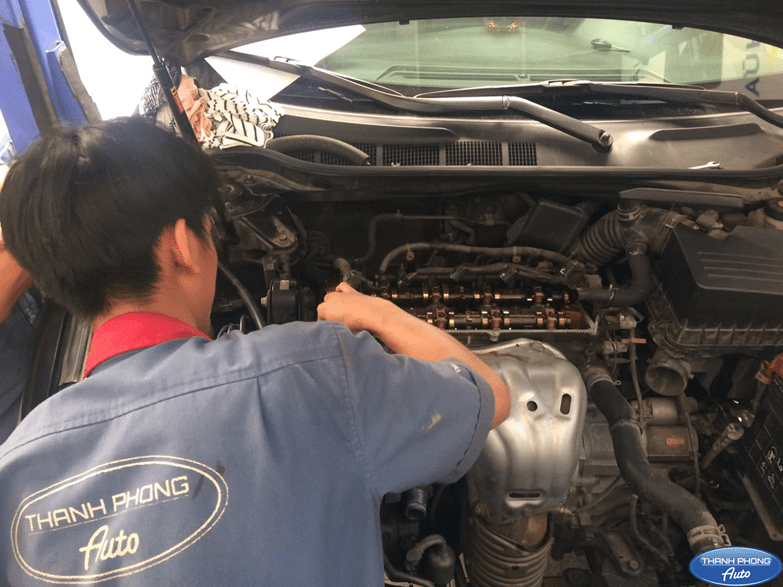
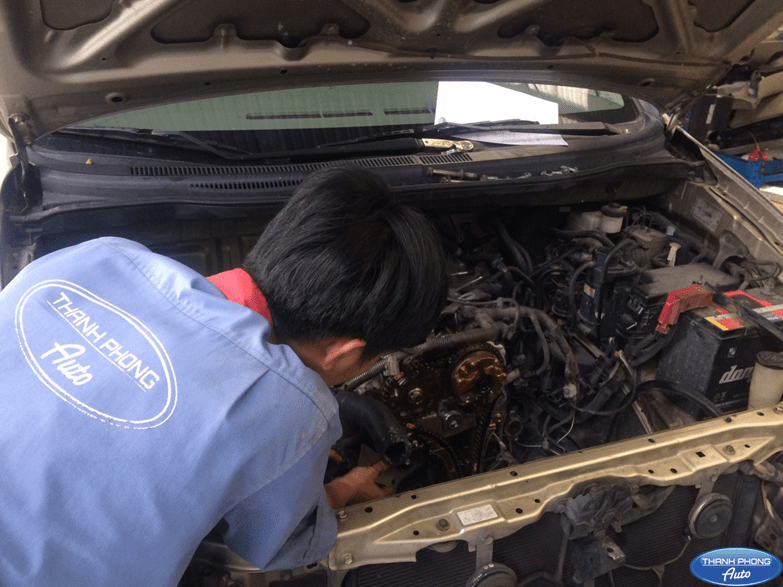
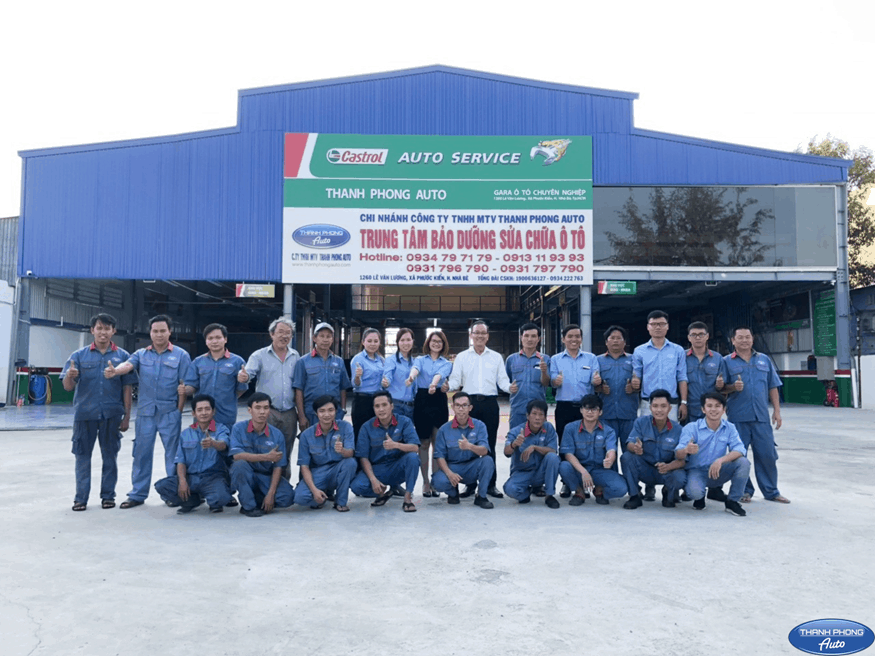
Please contact us as soon as you have any questions. We are always ready to advise, support, share everything with you!
We are happy to serve you, please contact us at the hotline: 0934 797 179 - 0934 222 763
You are viewing the article Internal combustion engine: Overview? Common Failures? in the category Car Care in Thanh Phong Auto. All reviews about service quality at Thanh Phong Auto please leave a comment right below the article. Don't forget to check out other great posts at Thanh Phong and share it with everyone!
Cars Care Service Price Sheet At Thanh Phong Auto HCMC VietNam:
* The cars that we have mechanics: Mercedes, BMW, Audi, Lexus, Toyota, Honda, Mazda, Mitsubishi, Kia, Daewoo, Hyundai,Ford, Nissan, Volkswagen, Porsche, Chevrolet, Rand Rover, Innova, Fortuner, Vios, Fiat, Bugatti, Ferrari, Bentley, Hummer , Chrysler, Dodge, Renault, Cadillac, Volvo, Subaru, Daihatsu, Ssangyong, Roll-Royce, Peugeot, Smart Fortwo, Tobe M'car, Luxgen, Zotye, Haima, Geely, Baic, Hongqi, Cmc, Mini Cooper, Buick, Opel, Acura, Aston Martin, Vinfast, TQ Wuling.
To keep your vehicle running properly at all times, we offer a number of services that are carried out by our certified, expert auto service and repair technicians who have years of experience performing everything from oil changes to a complete engine overhaul.
LEAVE COMMENT
2 Commentary
Engine internal combustion
Why does a gasoline engine sharpen one side of the ignition, not like a diesel engine sharpens around the elbow?
Momg, please help me with this question.
Thank you and look forward to receiving your answer